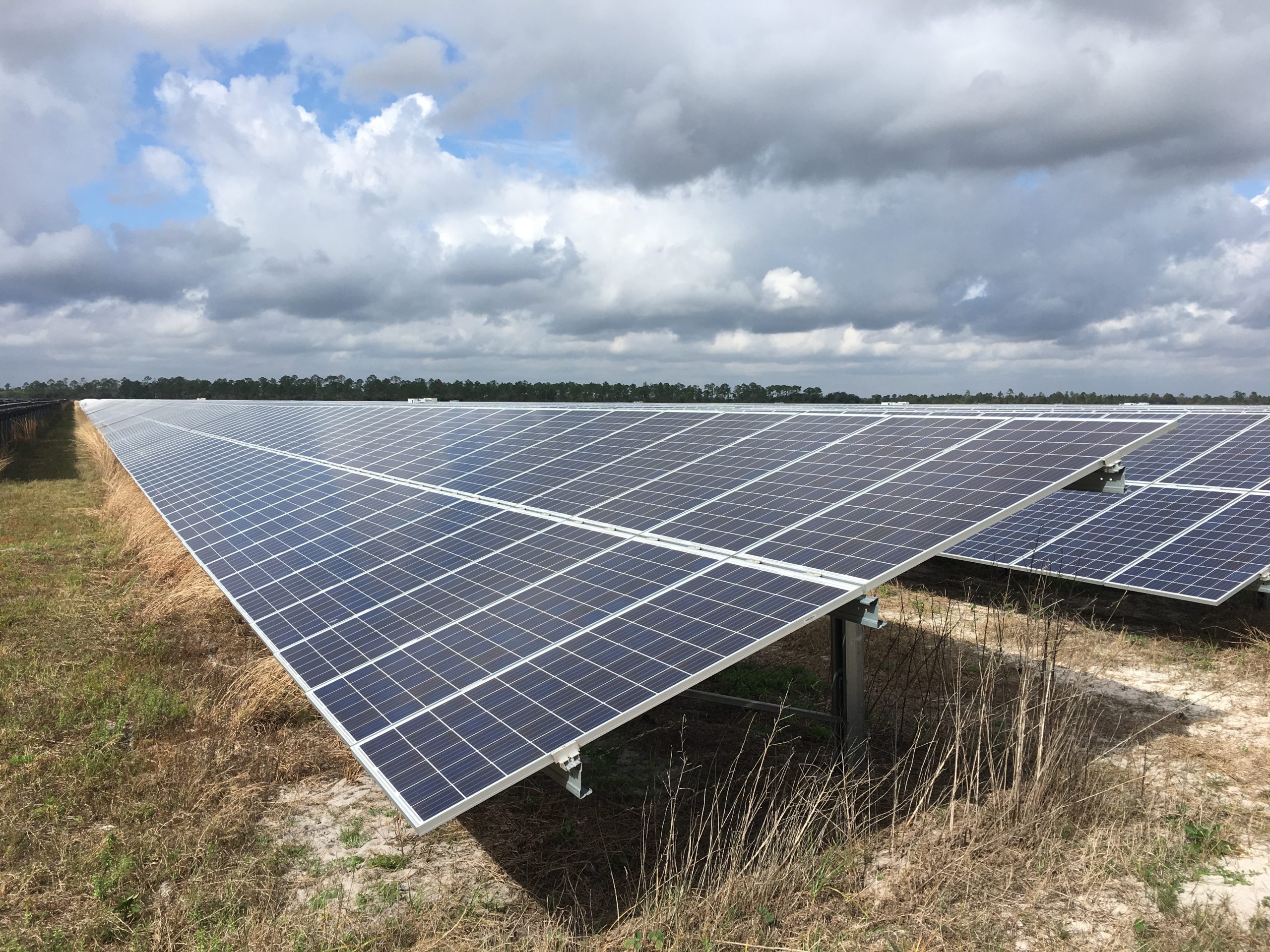As solar and wind energy ramps up in the United States, the industries have gotten better at installing and operating their facilities. This experience can be seen in how the facilities are financed. According to new research, people working in the fields—and adjacent ones—have learned to be more efficient, reducing the overall cost of power. Further, according to Mark Bolinger, a research scientist at Lawrence Berkeley National Laboratory and one of the paper's authors, this so-called learning rate can be extrapolated into the future, and it spells good news for the two renewable sources of energy.
"The people who operate these turbines naturally get better over time as they do more of it. They get more efficient, and it allows them to lower their costs a bit," Bolinger told Ars, adding that the same holds true for the workers manufacturing the facilities. "Some of them have been doing it for a really long time… All things being equal, that should lead to a reduction in manufacturing costs."
There's a large amount of literature on learning rate and learning curve theory, he said. Moore's Law, which pertains to the power of silicon computer chips, says that the number of transistors per silicon chip doubles each year. Bolinger said that the learning rate in these renewable energy operations is similar to that. Learning rate is a measure of how much cost declines for each doubling of cumulative output, he said.
This research into learning rates in the solar and wind industries began in early 2021. The researchers started to pull together the plant-level data they needed to calculate the levelized costs of energy (LCOE) for all of the wind and solar plants they studied. According to Bolinger, LCOE is made up of several components. The most important is the upfront installed cost, or capital cost, of the plant. This is followed by the capacity factor, the measure of how much energy the plant can produce each year—this is, in turn, a function of where the plants are located and how much wind or sun they receive. LCOE also factors in operating costs, government tax rates, financing costs, and expected useful lifetimes of the plants. "[LCOE] is essentially spreading costs across the full lifetime of those plants," he said.
Git gud
In all, the team looked at data from 908 wind farms and 822 solar operations in the United States. The plants are all larger than five megawatts in capacity. For the wind farms, the team collected data from now until 1982, which is basically when the modern, utility-scale wind farm hit the US. For solar, the data goes back to 2007, which is when the first utility-scale solar photovoltaic projects larger than five megawatts were built in the US. The team studied this data until 2020 for both renewables.
The research found that the people operating the solar and wind farms are learning to do so more efficiently, lowering the LCOE. The same is true for financing the plants, he added. When an industry is young, it's considered to be risky, so the cost of financing is high. But as experience in the industry grows, lenders and investors become more comfortable with the assets and are willing to offer more competitive rates, which also leads to lower costs. "It's not just the upfront capital costs that can benefit from learning. Instead, it's [that] really all five or six LCOE inputs can benefit from learning by doing over time. All of them can contribute to lower costs."
The research tries to measure those cost reductions in each of those elements as they occurred over the years and then combine them to look at their aggregate impact on LCOE, Bolinger said. According to the research, there were full-period LCOE-based learning rates of 15 percent and 24 percent for wind and solar, respectively.
To calculate this, the team took the data from all the plants the research looked at and calculated each plant's LCOE. For each calendar year, the researchers averaged the LCOE across any plant that reached commercial operation in that year. This gave them an annual time series of LCOE for wind and solar going back decades. The team looked at the LCOE and the deployment numbers and then deployed a regression model that established a relationship between historical output and historical cost. This gave the team the learning rate.
Onward and upward
Given the definition of learning rate in the research, the full period of learning rate for wind is 15 percent. So from the period of 1982 to 2020, each time cumulative wind deployment doubled, the LCOE of wind declined by 15 percent on average. "Once you calculate those historical learning rates, you can then apply them to forward-looking deployment projections," Bolinger said.
For example, if by 2030 the cumulative deployment of wind doubled twice, it would imply a 30 percent reduction in the LCOE. "The whole thing about learning curves is that you're looking at historical relationships, and then you're extrapolating them," he said.
In the past, this kind of research was largely based on capital cost learning, which only focused on the upfront installment cost. This is likely because it's easier to find empirical data on installment costs. It's harder to gather additional data about the other costs involved in LCOE, Bolinger said.
"Your data intensity escalates quite a bit if you're hoping to do this based on LCOE," he said. "But if you think about it, LCOE is really the correct metric you want to be using here because capital cost is just one of five or six inputs into the LCOE equation. And the industry, over time, has historically focused on optimizing or reducing LCOE rather than having a narrow focus on capital costs."
iScience, 2022. DOI: doi.org/10.1016/j.isci.2022.104378 (About DOIs)


